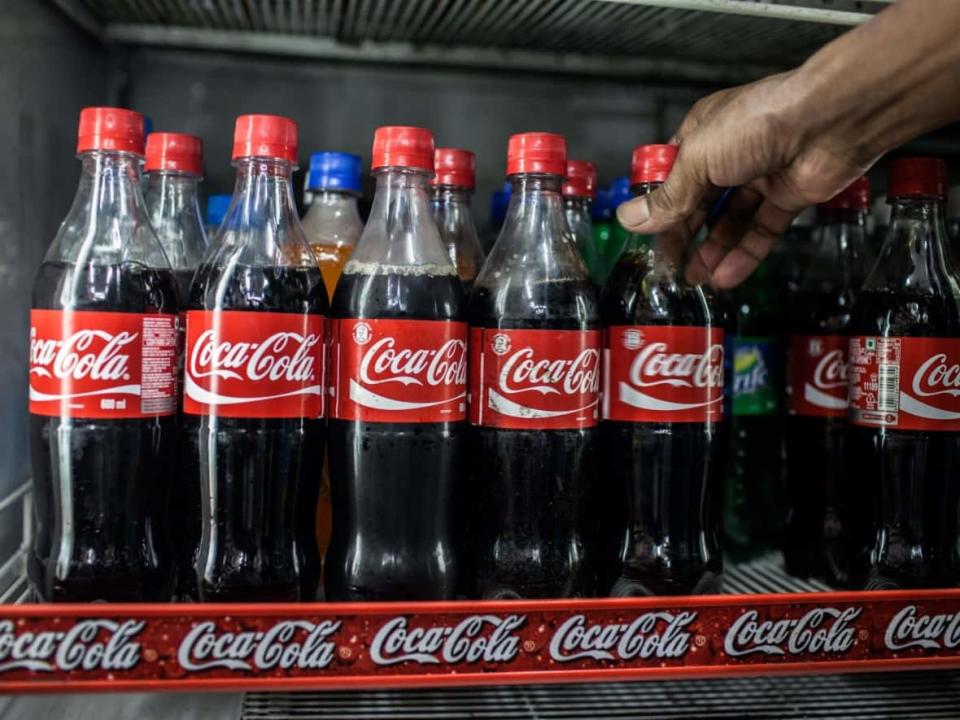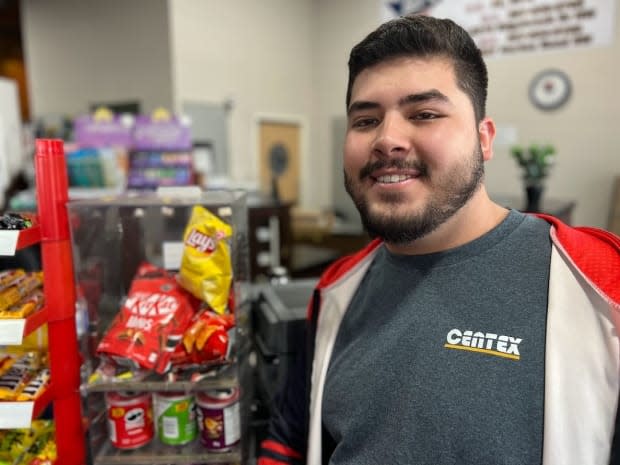Inflation is taking a bite out of your snack fix: Junk food profits are up despite fizzling sales

From furniture to gasoline, to mortgages and used cars, inflation has taken a big bite out of people's budgets, and now it's coming for the indulgence many Canadians will be most reluctant to cut back on: junk food.
If it feels like your favourite chocolate bar, bag of chips or other treat is getting more expensive lately, it's not your imagination. Earnings at major food makers released this week all painted a similar picture, one of an industry that's raking in more money than ever from junk food — even as the actual volume of product they're selling is flat or even down in some cases.
Pepsi says its sales revenue from all of its brands around the world — a list that included Doritos, Cheetos, Tropicana, Gatorade and its eponymous cola — increased by 10 per cent last quarter. But the actual volume of products it shipped barely budged, with beverages up by one per cent and convenience foods actually declining by three per cent from last year's level.
"From a revenue standpoint, I think generally speaking, you see the consumer continuing to buy our products … despite the fact that we're taking pricing driven by the inflation that we're facing," Pepsi's chief financial officer Hugh Johnson told analysts on a conference call to discuss the company's results this week.
It's a similar story at rival Coca-Cola, where organic revenues grew by 12 per cent last quarter, even as unit case volumes only grew by three per cent. Chocolate maker Hershey's quarter was similar. The candy bar giant sold more than $2.9 billion worth of candy bars last quarter, an increase of more than 12 per cent in dollar terms. But the volume of products was only up by three per cent.
And at Nestle — maker of everything from Häagen-Dazs to KitKat and Perrier —sales were up by 9.3 per cent, mostly because the company was able to raise its prices by almost 10 per cent. In volume terms — a metric the brand calls "real internal growth" — the numbers were actually down by 0.5 per cent in the quarter.
WATCH | Inflation has come for your snacks:
To Yann Cornil, an associate professor of marketing and behavioural science at the Sauder School of Business at the University of British Columbia, it's no surprise that snack makers aren't afraid of passing price hikes on to consumers because they know their products are a treat that people aren't willing to part with right now.
"It's the last affordable luxury that those households can afford," he told CBC News in an interview. "Corporate-branded processed foods and drinks — pops, and carbonated drinks like Coca-Cola, Pepsi, all the chip brands — consumers are less willing to trade down to the private labels or even to decrease the consumption of such foods."
In other words, if you like your daily chocolate bar or bag of chips in the evening, in this economy you're willing to pay for it, almost no matter the price. In economic terms, that means that unlike your waistband, demand for junk food is inelastic — and the industry knows it.
Flat demand
Multinational food conglomerate Mondelez, formerly known as Kraft Foods, puts out an annual report on industry trends every year, and this year's report aptly summarized the phenomenon.
"In these trying times, consumers around the world view their favourite snacks as affordable and necessary indulgences," CEO Dirk Van de Put said in delightfully named State Of Snacking report. It found that consumers are more likely to skip a meal than they are to cut back on the amount of money they spend on their favourite snacks.
"Snacking continues to be a way for consumers to connect or to enjoy a moment of delight in their day."

Major global food manufacturers have banked on consumers being willing to pay more for their daily hit, and it's boosting their bottom line. The impact of that is felt all the way down the supply chain, where people who run small local convenience stores have to pay more themselves — and hope their customers are willing to as well.
Alirashid Amini and his family run a convenience store in northwest Calgary, and he says the cost of the pop and chips he buys wholesale to resell to customers is up by at least 15 per cent in the past year — a cost he has no choice but to pass on.
"It feels bad honestly, just because I don't like charging that much for a bag of chips, but I have to to stay afloat," he told CBC News in an interview.
The location also includes a gas station, another industry where consumers are well aware of price changes. But while customers are often choosier when it comes to filling up a tank if prices get too high, he says demand for snacks and other stuff remains fairly steady, regardless of price.
"The sales have stayed pretty stagnant over time. Since we started ... like a straight line."
When gas prices are up, he sees an uptick in the number of drivers who come in and only buy $10 or $20 worth of gas instead of filling up. But if his customers are feeling salty about the price of car snacks, it's not showing up at the cash register.
"I'd say most people, they tend to buy the same things," he said. "If it's just a couple cents, they don't care too much."

 Yahoo Sports
Yahoo Sports 